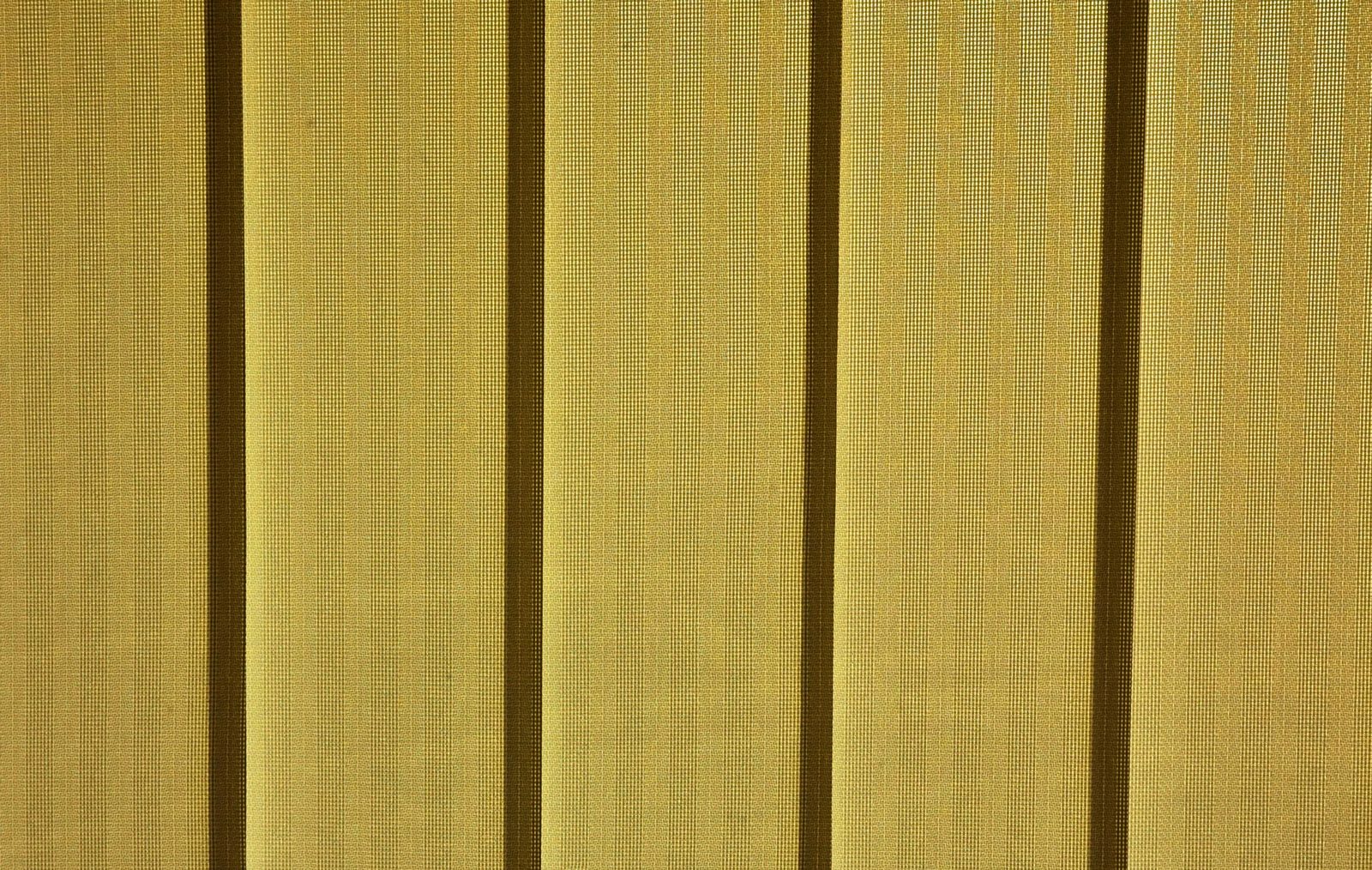

THE USPTO is not above the law. In fact, law is very much in the hands of US courts, such as the Federal Circuit or the Supreme Court, SCOTUS. Examiners at the USPTO receive guidelines, based on courts' rulings -- essentially rules by which to assess and judge patents/patent applications. They are not judges in the legal sense, but they judge applications and decide whether to award a patent.
"It is worth noting that none of these cases can impact patent scope, Patent Trial and Appeal Board (PTAB) inter partes reviews (IPRs), or the Leahy-Smith America Invents Act (AIA)."The difference between judgments and assessments (or a court ruling and examination) is profound; it's important to distinguish between those two things because patent lawyers certainly conflate whenever it suits them, as we last noted yesterday. We shall revisit this subject again in a few hours.
A few days ago Alex Moss from the EFF (together with the R Street Initiative, which is typical) wrote about Ariosa v Illumina, which is an upcoming SCOTUS case concerning novelty. To quote:
There is room to debate what makes an invention patentable, but one thing should be uncontroversial: patentable inventions should actually be new. That’s what EFF and the R Street Initiative told the Supreme Court this week in an amicus brief urging it to grant certiorari and reverse the Federal Circuit’s decision in Ariosa v. Illumina [PDF]. We explained that the Federal Circuit’s decision is wrong on the law and bad for innovation, access to knowledge, and the patent system.
In Ariosa, the Federal Circuit departed from more than a century of case law to uphold a patent that claimed an “invention” that someone else had already described in a published patent application. According to the court, the description didn’t qualify as material that could invalidate the patent being challenged because it did not appear in the “claims”—the section specifying the legal boundaries of the applicant’s rights – but rather in the section of the patent application describing the nature and operation of the applicant’s work.
When conducting an obviousness analysis, courts examine the scope and content of the prior art; the differences between the patent claims at issue and the prior art; the level of ordinary skill in the art; and relevant secondary considerations that may shed further light on the inquiry. Graham v. John Deere Co. Of Kansas City, 383 U.S. 1 17-18 (1966). One such so-called secondary consideration is the degree to which one or more commercial embodiments of the claimed invention has enjoyed success in the marketplace. Id. The rationale behind taking into account commercial success is, to the extent the claimed invention has been commercially successful (as reflected, for example, by strong sales and profits, gains in market share, and meeting and exceeding sales projections), the associated market demand would have led to development and marketing of the claimed invention sooner if the subject matter was in fact obvious (or so the thinking goes). Merck & Co., Inc. v. Teva Pharms. USA, Inc., 395 F.3d 1364, 1376 (Fed. Cir. 2005).
In order to establish that the commercial success factor supports a non-obviousness finding, the patentee must establish that a connection (or nexus) exists between the novel aspects of the patent claim(s) and the alleged commercial success. Id.; WesternGeco LLC v. ION Geophysical Corp., 889 F.3d 1308, 1330 (Fed. Cir. 2018). In other words, the patentee must show that the novel aspects of the claim(s) are driving sales and not aspects of the claim(s) that were known in the prior art. In re Huai-Hung Kao, 639 F.3d 1057, 1069 (Fed. Cir. 2011); WesternGeco, 889 F.3d at 1330. In cases brought pursuant to the Hatch-Waxman Act, while there are exceptions, it is most common that patent challengers’ arguments focus predominantly or entirely on an alleged lack of nexus given the substantial sales typically enjoyed by the brand-name drug products that are the subject of such litigation. Though it bears noting that the mere fact that a company is pursuing a generic version of a brand-name drug, by itself, does not support a “commercial success” finding. Galderma Labs., Inc. v. Tolmar, Inc., 737 F.3d 737, 740 (Fed. Cir. 2013).
Managing IP explores the foreseeable impact of the US Supreme Court’s rulings in WesternGeco v Ion Geophysical and TC Heartland v Kraft on patent damage awards
Assessing the latest decisions on ۤ 101 and their implications for branded pharmaceuticals;
The International Trade Commission’s (ITC) basic function is to protect American industry against unfair foreign competition by prohibiting the importation of unfairly produced trade goods. That includes preventing the importation of goods that infringe a valid U.S. patent through what are called “exclusion orders.”
But that function is limited by the second part of its mission—a requirement that the ITC consider the impact of such protection on the American economy, American consumers, and public health and welfare. If ITC action excluding a product from importation would significantly harm the economy, consumers, or health and welfare, the ITC isn’t supposed to issue an exclusion order.
The ITC’s present practice has resulted in an all-or-nothing approach to remedies; either a product is excluded, or it isn’t. But the ITC has the power to tailor its remedies more narrowly.